A heavyweight in China's infrastructure construction sector, China Railway Construction Corp expects capacity expansion and equipment renewal campaigns will sharpen its edge in the increasingly fierce marketplace and help the State-owned enterprise better tap demand generated from the nationwide call for high-quality development.
With an early focus on the underground development sector such as digging railway tunnels and subway lines, the move by the centrally administered SOE follows an action plan released last week by the State Council, China's Cabinet, to promote large-scale equipment renewals and trade-ins of consumer goods.
According to the action plan, vigorous efforts should be made for the renewal and technological transformation of manufacturing equipment, energy-consuming equipment, power generation apparatus, as well as transmission and distribution equipment to achieve energy saving and carbon emissions reductions, ultra-low emissions, safe production, digital transformation and smart upgrades in key sectors.
To this end, CRCC is expanding its shield tunneling construction service center in Wuhan, Hubei province, to enhance its maintenance and production capacity.
The comprehensive service center, which covers shield tunneling equipment refurbishment, construction alongside equipment research and development, "is akin to an 'automobile 4S store' for shield tunneling machines", said Zhang Kunfeng, general manager of CR11G Wuhan Heavy Equipment Co Ltd, a CRCC unit operating the service center.
Covering some 6.7 hectares, the center will expand by an additional 2 hectares, adding 12 more maintenance bays, and increasing annual production capacity from 60 to 100 machines.
"We are also currently engaged in market outreach, sending sales representatives to interact with local governments, so as to learn about the latest supportive policies, and assist clients in calculating cost benefits, thereby converting more demand for equipment renewal into refurbishment orders."
The center is able to undergo refurbishment of retired or outdated models, replacing their components with more efficient and superior materials and upgrading systems for enhanced digitization and automation, Zhang said.
"For CRCC, the concept of trade-ins extends beyond mere purchasing to include refurbishment and enhancement. Typically, the cost of refurbishment and upgrading is far lower than acquiring new equipment," he added.
According to the general manager, taking shield tunneling machines commonly used in underground construction for example, the cost of refurbishing such equipment is around 20 percent of the purchase price for new machines.
"This process revitalizes old equipment, avoids waste and contributes to a circular economy and green productivity," Zhang said.
Last year, the CRCC unit completed the refurbishment of 55 high shield tunneling machines.
Even though the first quarter is still not over, the company's order book is already full for the entire year, with the workshop bustling with activity. Presently, over 10 customers from cities like Hangzhou in Zhejiang province and Changsha in Hunan province, are eagerly awaiting scheduling for equipment refurbishments and upgrades.
The action plan states that for industrial enterprises above a designated size, the penetration rate of digital R&D and design tools should exceed 90 percent, while the numerical control rate of key processes should surpass 75 percent by 2027.








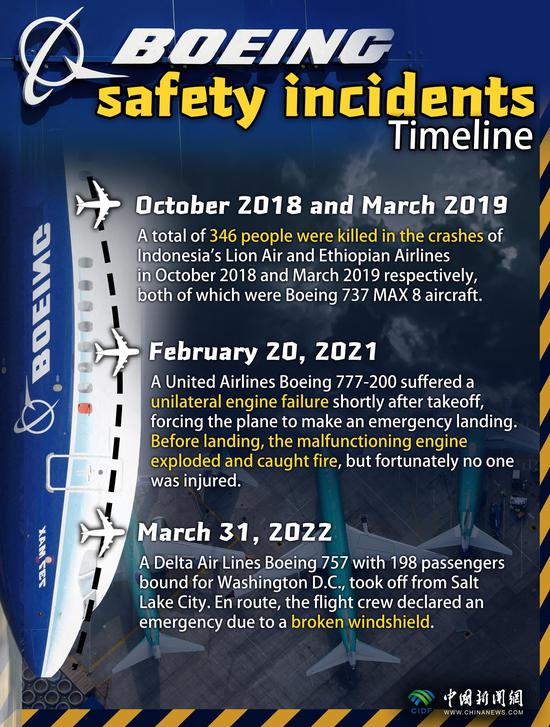

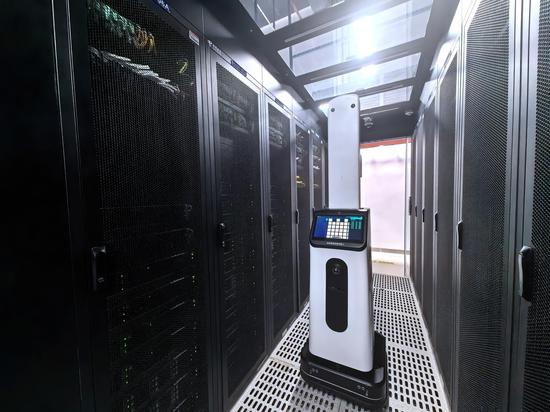

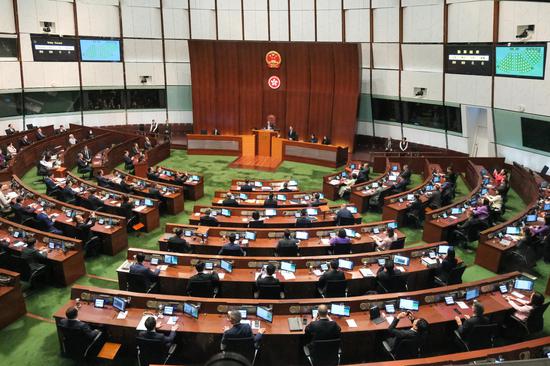
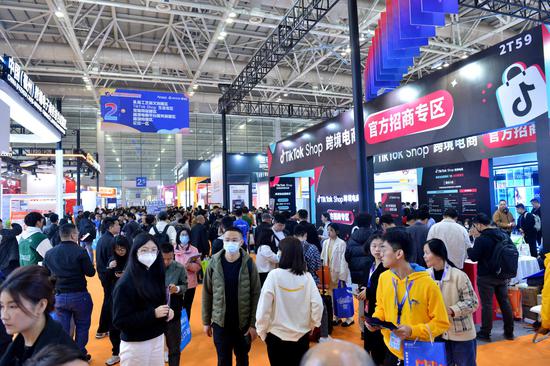



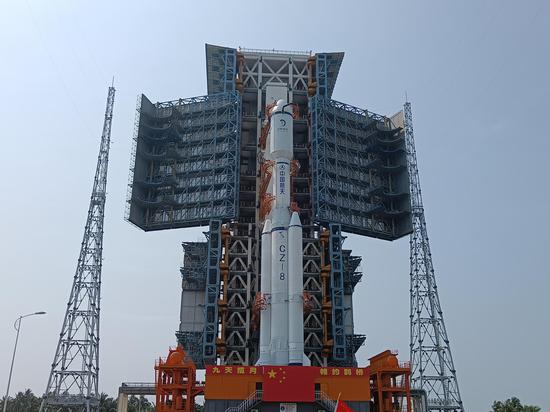







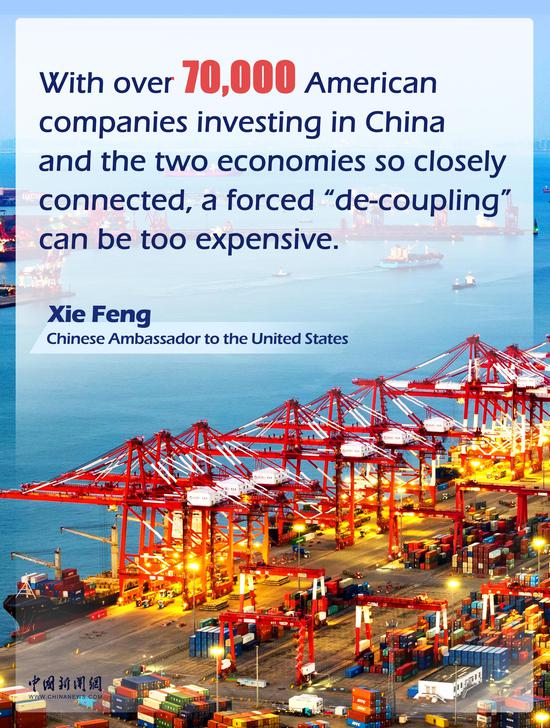
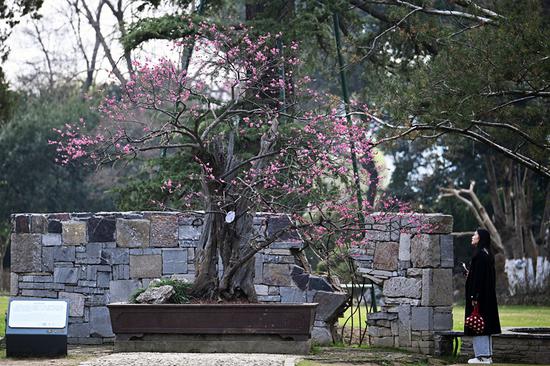
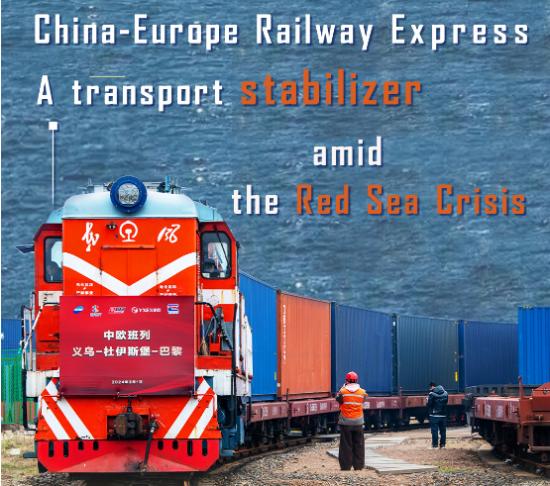





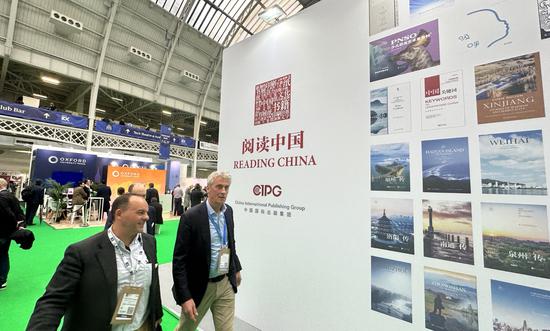



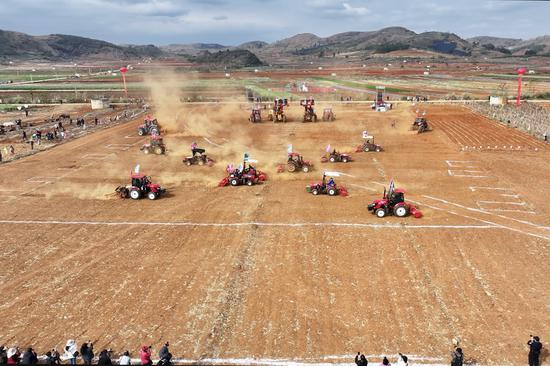

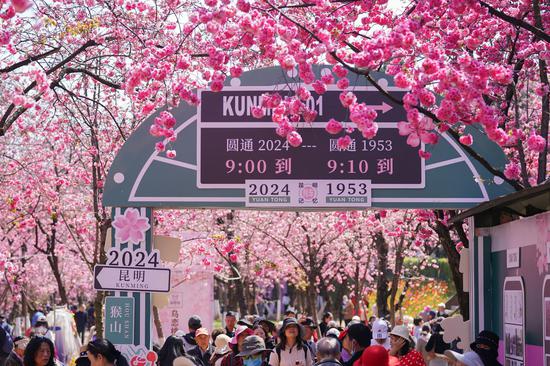


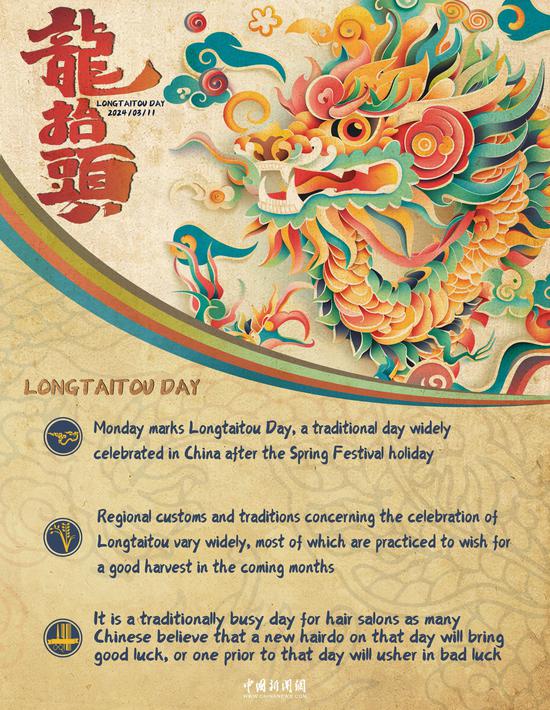

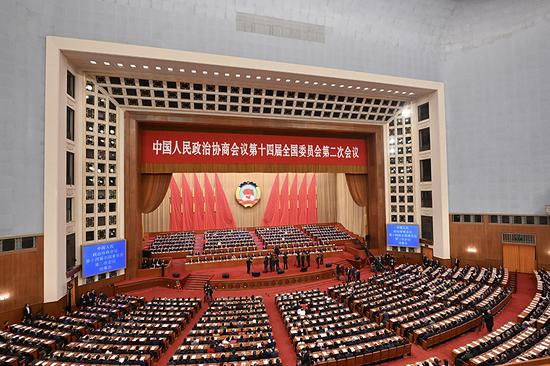





 京公网安备 11010202009201号
京公网安备 11010202009201号